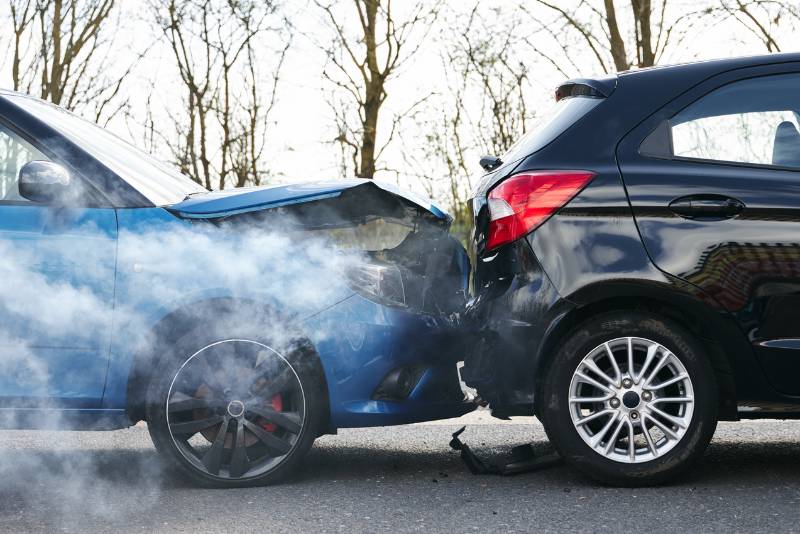
Surge in Hit and Run Incidents
Hit and run cases in India have seen a worrying rise, becoming a regular occurrence that highlights serious flaws in the nation’s legal and societal framework. High-profile incidents, like the recent one in Mumbai involving a luxury vehicle, underscore these issues. This article examines the tragic event, the preferential treatment of the affluent, and the systemic issues that contribute to such disparities in justice.
The Mumbai Incident: A Closer Look
A recent hit and run incident in Mumbai involved a BMW driven by Mihir Shah, a wealthy and politically connected individual. Shah’s car struck a pedestrian, leading to her death. Instead of providing assistance, Shah fled the scene. Despite clear evidence, including CCTV footage and eyewitness accounts, authorities delayed in arresting Shah. Public outrage and media coverage eventually forced action, but the case revealed significant issues within the system, such as attempts to tamper with evidence and the ease with which Shah secured bail.
Privileged Treatment of the Affluent
The disparity in handling hit and run cases becomes evident when the perpetrator is wealthy or politically connected. Shah’s affluent status allowed him to evade immediate legal repercussions. His family used their influence to manipulate the situation, fabricating alibis and tampering with evidence. This pattern is not unique; similar cases involving celebrities and influential figures show a trend where justice is accessible only to those who can afford it. In contrast, ordinary citizens often face harsh punishment without the means to manipulate the system, undermining public trust in legal institutions.
Systemic Issues and Legal Discrepancies
The lenient treatment of affluent individuals in hit and run cases exposes deep flaws in India’s legal and judicial systems. Legal processes often move slowly, allowing influential defendants to manipulate outcomes. Bail provisions are misused, and witness intimidation is common. Traffic laws carry severe penalties on paper, but enforcement is influenced by the socio-political status of the offender. Corruption and resource constraints within the police force further exacerbate these issues, leading to biased enforcement of the law.
Addressing Inequities in the Justice System
The inequities in handling hit and run cases highlight a broader failure of the justice system. Addressing these issues requires:
1. Strict Enforcement of Traffic Laws: Implement stringent penalties for traffic violations, ensuring influential individuals cannot exploit the system.
2. Judicial Reforms: Make judicial processes more transparent and efficient. Ensure faster trial proceedings, protect witnesses, and reduce corrupt practices.
3. Police Accountability: Hold police accountable for their actions. An independent body should oversee police investigations to ensure impartial handling of cases.
4. Public Awareness and Advocacy: Maintain public pressure and advocacy for victims. Civil society and media should continue to highlight such cases and ensure justice is served.
By addressing these systemic issues, India can work towards a more equitable legal system where wealth and influence do not overshadow justice.
Gangtokian Web Team, 11/07/2024
















































